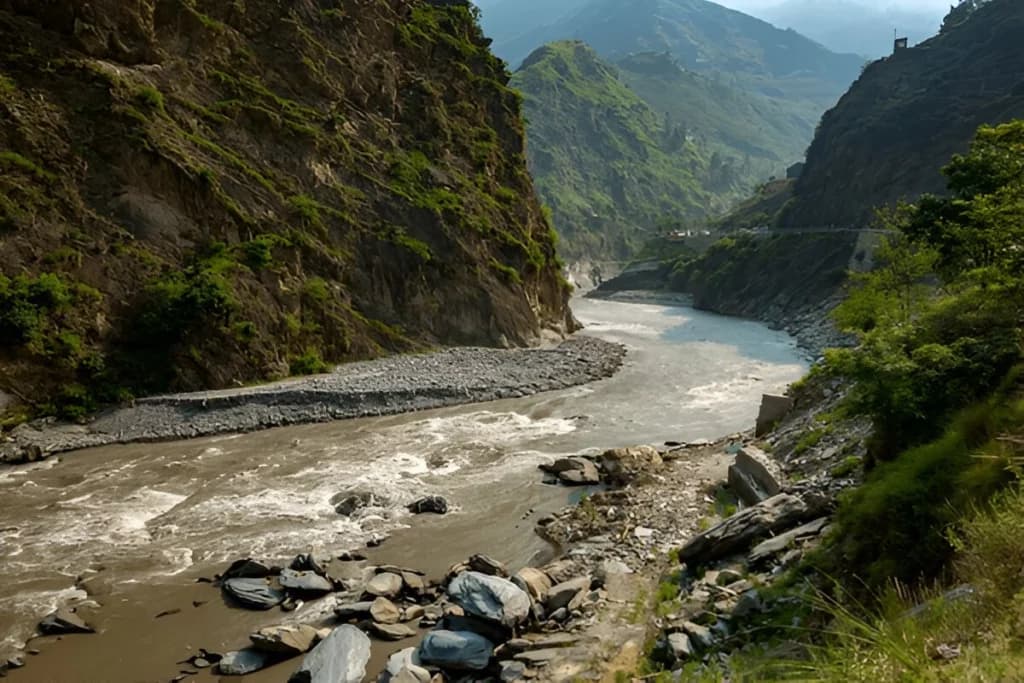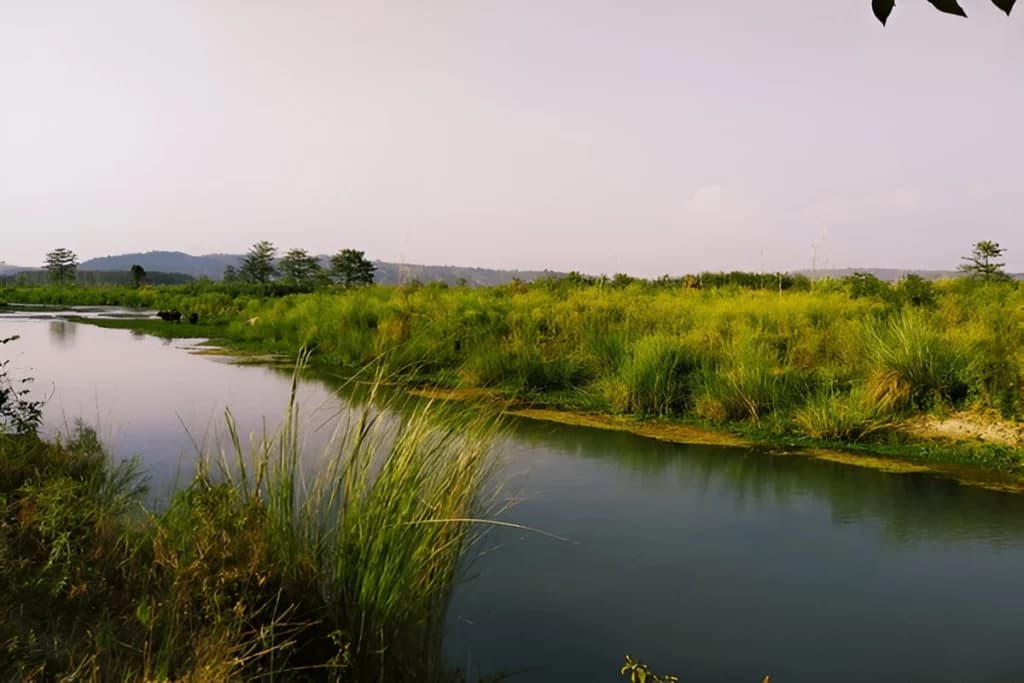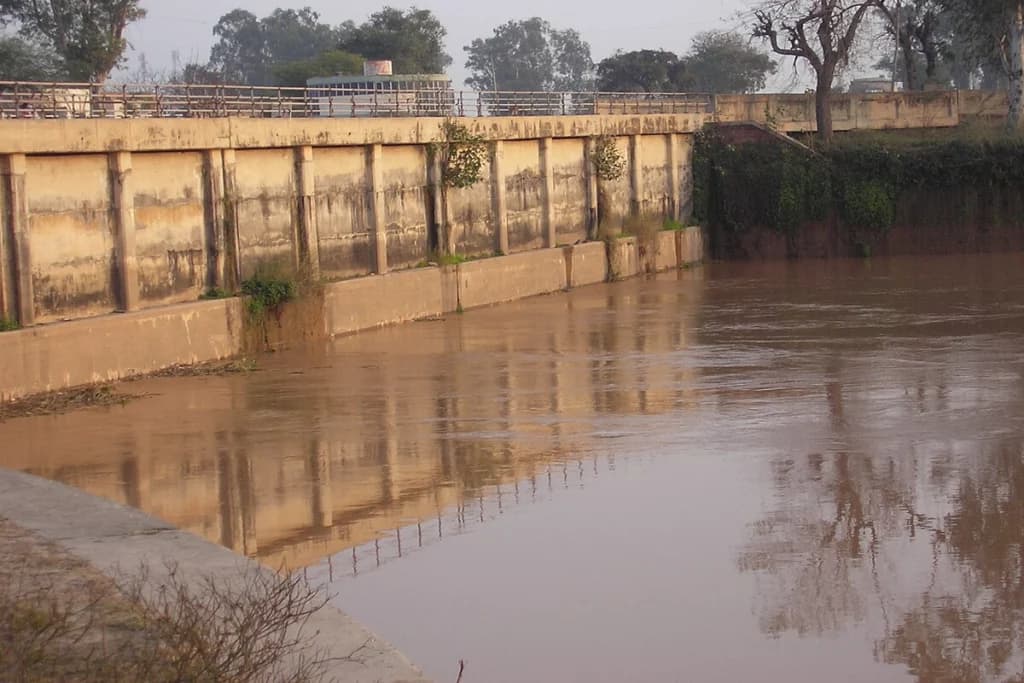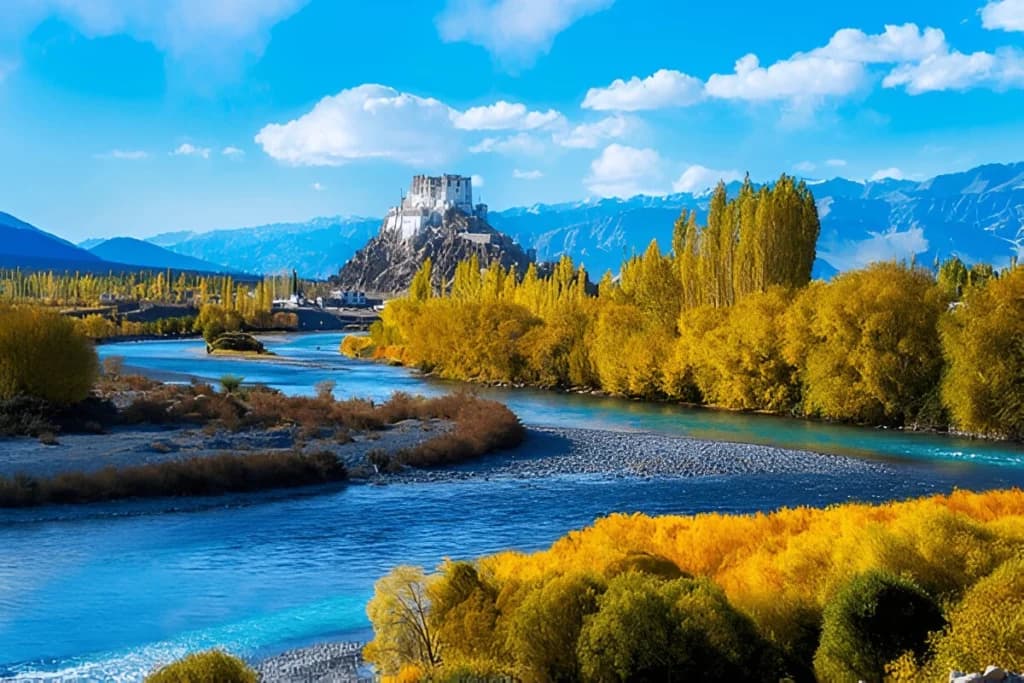
Punjab, famously known as the “Land of Five Rivers,” owes much of its identity, culture, and prosperity to its rivers. These waterways have shaped not only the state’s fertile agricultural lands but also its traditions, festivals, and historical heritage. From the mighty Sutlej to the serene Beas and historic Ravi, each river has played a crucial role in supporting farming, trade, and settlements for centuries. Beyond agriculture, the rivers are central to Punjab’s cultural and spiritual life, with ghats, temples, and forts lining their banks.
Punjab Tourism highlights these rivers through heritage tours, showcasing their historical, scenic, and cultural significance. Punjab tour packages often include visits to iconic sites along these rivers, allowing travellers to experience the state’s rich traditions, picturesque landscapes, and vibrant local life. Exploring the river in Punjab provides a deeper understanding of how water has shaped the economy, lifestyle, and heritage of this remarkable region.
1. Chenab River: The River of Legends
The Chenab River, originating in Himachal Pradesh, has inspired Punjabi folklore, especially the timeless story of Heer-Ranjha. Though most of its length lies in Pakistan, its presence historically influenced Punjab’s culture and agriculture. This river remains an iconic part of Punjabi identity, often celebrated in poetry, songs, and cultural festivals linked with Punjab Tourism.
2. Ravi River: The Historic River of Punjab

The Ravi River originates in Himachal Pradesh and flows through Punjab before entering Pakistan. It has witnessed empires rise and fall, including the rule of Maharaja Ranjit Singh. Rich in history and spirituality, this river in Punjab nourishes fields and ancient towns. Its banks host forts and temples, attracting travellers interested in Punjab’s heritage.
3. Sutlej River: The Lifeline of Punjab

The Sutlej is the longest and most important river of Punjab, supporting vast agricultural lands and hydropower projects. Flowing from the Himalayas, it irrigates fields of wheat, rice, and cotton, which makes Punjab India’s breadbasket. As one of the most significant rivers in Punjab India, the Sutlej also carries cultural and historical importance, being linked to ancient Indus Valley settlements.
4. Beas River: The Scenic River of Punjab

The Beas is known for its scenic beauty, flowing through the Kullu Valley before joining the Sutlej in Punjab. It is a favourite destination for nature lovers and plays a vital role in irrigation and tourism. Being among the 7 rivers of Punjab, the Beas contributes both to agriculture and to Punjab Tourism by offering picturesque views and peaceful riverbanks.
5. Jhelum River: The Ancient River of Punjab

The Jhelum River originates in Kashmir and flows into Pakistan, once considered one of the five rivers of Punjab. Ancient texts like the Rigveda mention it, and Greek historians also wrote of its importance. Though not flowing directly in present-day Punjab, it shaped the region’s history, trade routes, and traditions, leaving a lasting cultural mark.
6. Ghaggar River: The Mysterious River of Punjab

The Ghaggar River, often associated with the ancient Saraswati River, flows through parts of Punjab and Haryana. Though seasonal and smaller than the others, it played a crucial role in early settlements and agriculture. Its historical and archaeological significance make it an interesting stop in Punjab Tourism and heritage tours.
7. Indus River: The Historic Backbone

The Indus River, though now largely flowing through Pakistan, gave its name to the Indus Valley Civilisation and shaped Punjab’s identity. It is considered one of the world’s oldest river systems, supporting human settlements. Historically, every major river in Punjab was once a tributary of the mighty Indus, connecting the region to an ancient and enduring heritage. Its timeless significance makes it essential in understanding Punjab’s culture and history.
Q1. Which is the longest river in Punjab?
Ans. The Sutlej River is the longest and most important river of Punjab. It not only provides irrigation for millions of acres of farmland but also powers major hydroelectric projects like Bhakra Nangal Dam. It has historically served as a lifeline, connecting Punjab’s economy, culture, and heritage, making it a vital river of Punjab’s identity.
Q2. How many rivers are there in Punjab?
Ans. is popularly known as the “Land of Five Rivers”, but today we recognise 7 rivers, including Sutlej, Beas, Ravi, Chenab, Jhelum, Ghaggar, and Indus. Each river in Punjab has sustained agriculture, shaped history, and influenced Punjabi traditions, making it an essential part of the state’s culture and heritage.
Q3. Which river is most important for Punjab’s agriculture?
Ans. The Sutlej River is considered the most important river for Punjab’s agriculture. Its water, diverted through canals and dams, irrigates vast fields of wheat, rice, and other crops that make Punjab the “food bowl of India.” The Sutlej, alongside the Beas, remains crucial in supporting Punjab’s economy and agriculture-based lifestyle.
Q4. Are all 7 rivers still flowing in Punjab?
Ans. Not all 7 rivers flow directly through present-day Punjab. While Sutlej, Beas, Ravi, and Ghaggar flow in parts of Punjab, rivers like Jhelum, Chenab, and Indus are now largely in Pakistan. However, their historical and cultural ties remain strong, making them an inseparable part of Punjab’s identity and Punjab’s heritage stories.
Q5. Why is Punjab called the Land of Five Rivers?
Ans. Punjab derives its name from two Persian words: Punj, meaning five, and Aab, meaning water. Traditionally, Punjab was nourished by the Sutlej, Beas, Ravi, Chenab, and Jhelum rivers. Over time, other rivers like the Ghaggar and the Indus were also linked to the region, which is why we now refer to the 7 rivers today, and collectively, these 7rivers of Punjab continue to shape its agriculture, culture, and identity.